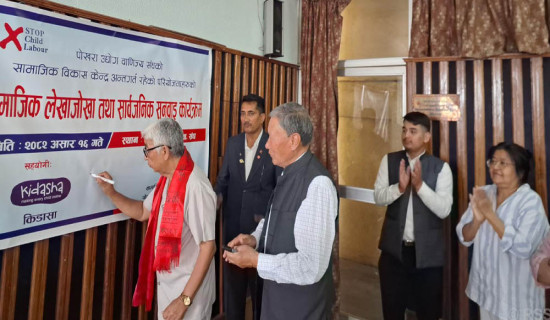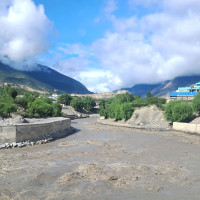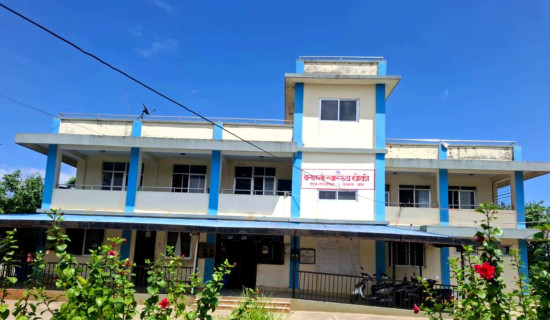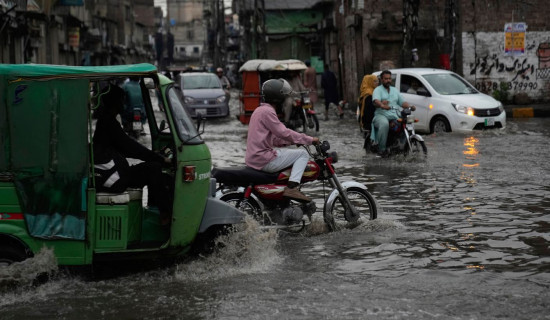- Tuesday, 1 July 2025
Climate Collaboration
A climate hazard is an extreme climatic event that has the potential to cause harm to natural systems or society. Heat waves, droughts and flooding are some of the examples of such a hazard. With climate change, such hazards are increasing in frequency and intensity across the world. Tackling climate hazards has become an imperative due to the escalating impacts of temperature rise, which, by disrupting natural ecosystems, exacerbates public health challenges, such as heat-related illnesses, vector-borne diseases like malaria and dengue, and reduces access to safe water and food, ramping up the risk of instability.
It also impacts agricultural productivity, fisheries, biodiversity, ecosystem health and water resources, posing a significant threat to global food supplies, to name only a few. Climate change is unleashing devastating hazards in the Himalayas. This dire situation necessitates urgent and effective action towards mitigation and adaptation. Even advanced economies, previously thought to be relatively immune to the impacts, are facing a hard time coping with climate change-induced disasters, which have strained their resources to the breaking point. For a resource-poor country like Nepal, acting early is the best way forward to cushion the blows.
According to a news report in this daily the other day, the International Centre for Integrated Mountain Development (ICIMOD) and the Asian Development Bank (ADB) have joined hands to tackle climate hazards in the Himalayas. The ADB has appointed ICIMOD to act as one of three technical implementing partners in a major initiative designed to transform climate and disaster risk reduction in the Hindu Kush Himalaya (HKH) region. The ADB's initiative of Building Adaptation and Resilience in the HKH (BARHKH), launched in 2023, aims to reduce human and economic risks associated with the increasing frequency and intensity of climate-induced mountain hazards in the region, such as floods, landslides, glacial lake outburst floods (GLOFs) and permafrost thawing.
Switzerland, through the Regional Climate Action Partnership in HKH, has contributed USD 2.4M to the initiative, as well as bringing in its decades-long expertise in climate change and disaster risk management through Swiss institutions. The initiative also seeks to cut the costs of disaster risk reduction for individual governments, promote climate resilient investments, and strengthen community resilience by developing shared data, systems on multi-hazard risks and early warning systems, as well as with improved access to training, knowledge and finance.
The initiative embarks on an effort to build permanent regional capacity in interventions that address a host of hazards. Interventions will range from identifying disaster hotspots, reducing exposure by using multi-hazard risk assessment to inform climate resilient investments, to ramping up early warning for early action, building impact-resistant infrastructure, insurance solutions, and increasing the effectiveness of operations, maintenance and finance plans. Early warning systems inform about pre- and post-hazard efforts, especially in a geography where the nature and intensity of hazards is becoming increasingly erratic.
Collaboration is crucial in tackling climate hazards because it allows for the pooling of resources, expertise, and innovation, leading to effective solutions. While the ADB has the financial resources, the ICIMOD has the unmatched expertise and decades-long experience in mountains and mountain-sustained lives and livelihoods, as well as how all these are being impacted. Such a collaboration is expected to go a long way in making a real difference in saving lives and building resilient systems capable of withstanding climate hazards in the Himalayas.
















